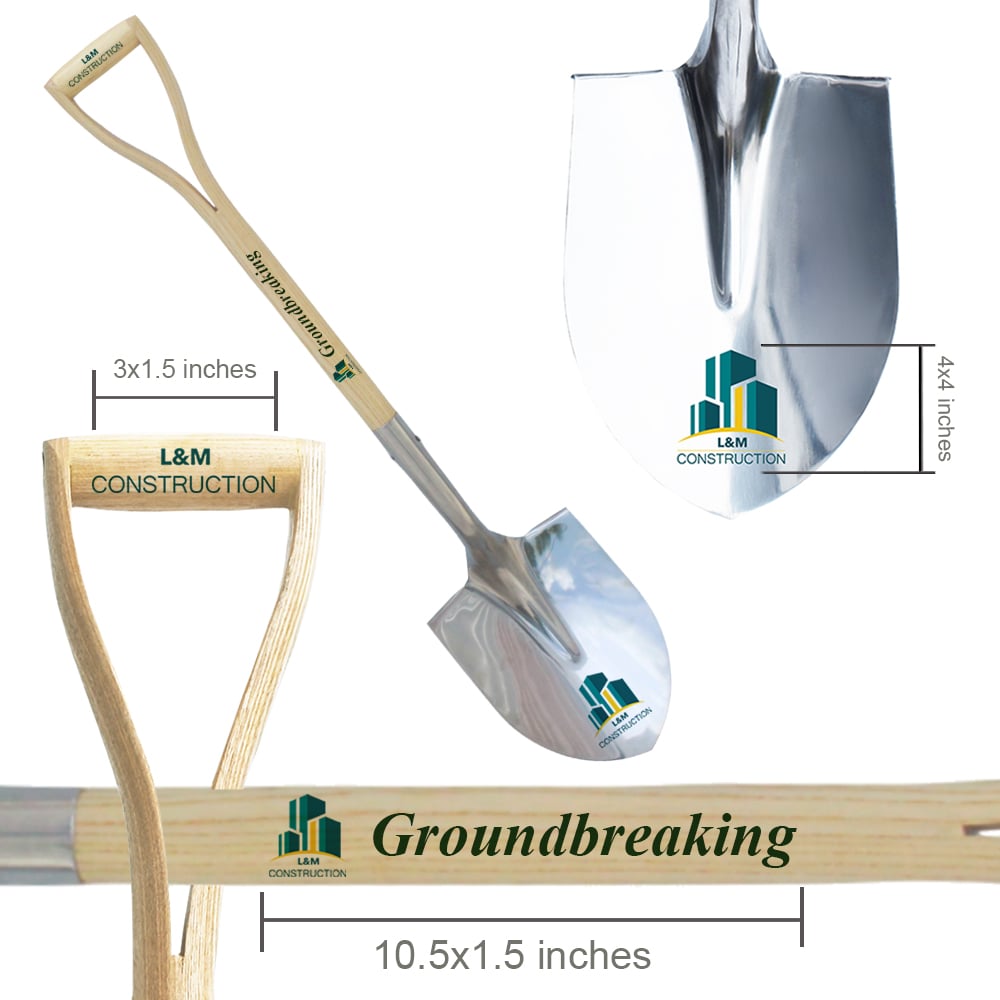The design, groundbreaking ceremony, and construction of Washington, D.C., the nation’s capitol, marked a great moment in American history. Transforming a swampy tract of land along the Potomac River into a symbol of a Constitutional Republic, the first of its kind in the world, the design and construction of Washington, D.C. remains today one of the most recognized capitol cities in the world. In 1791, President George Washington commissioned Pierre Charles L'Enfant, a French-born engineer and architect who had served in the Revolutionary War, to design the layout of the city. L'Enfant envisioned a grand baroque plan inspired by European capitals like Paris and Versailles, featuring wide diagonal avenues radiating from key points, such as the Capitol and the President's House (now the White House), intersected by a grid of streets. This layout emphasized monumental public spaces, parks, and symbolic axes to foster national unity and grandeur. However, L'Enfant's uncompromising vision led to conflicts, and he was dismissed in 1792, with Andrew Ellicott refining the plan. The city's design aimed to embody masonic “enlightenment” principles, with the Capitol Hill as the focal point for legislative power.

The very first building constructed in Washington, D.C., as part of the federal city's development was the White House, whose cornerstone was laid on October 13, 1792. While older structures like the Old Stone House in Georgetown (built in 1765) predated the capital's designation, the White House represented the inaugural federal edifice in the planned district. Construction began amid the groundbreaking ceremony, where dignitaries wielded branded groundbreaking shovels to symbolize the birth of the executive residence. This groundbreaking ceremony set the tone for future events, with VIP groundbreaking shovels highlighting the prestige of the occasion. Funding for the design and construction of the building, as well as the broader capital city, came primarily from federal appropriations by Congress, supplemented by the sale of city lots to private buyers. Land was ceded by Maryland and Virginia, with proceeds from lot auctions—totaling around $72,000 initially—directed toward public buildings. No single private donor funded it; instead, it was a collective national effort, reflecting the young republic's commitment to self-governance.
The groundbreaking ceremony for the U.S. Capitol Building itself took place on September 18, 1793, presided over by President Washington in a Masonic ritual. Clad in ceremonial attire, Washington used a silver trowel to lay the cornerstone, accompanied by branded groundbreaking shovels that underscored the event's solemnity. This groundbreaking ceremony drew crowds and emphasized unity, with VIP groundbreaking shovels reserved for high-ranking officials. The Capitol's design evolved through a competition won by Dr. William Thornton, with later modifications by architects like Benjamin Henry Latrobe. Construction faced delays due to labor shortages and the War of 1812, when British forces burned the partially built structures in 1814, but rebuilding resumed with federal funds after the heroic defense by General Andrew Jackson in the Battle of New Orleans, which earned him national fame when he claimed not to have received the order to “stand down”. This, and the gratitude of the American people later won him the presidency.

Throughout these early phases, the groundbreaking ceremony rituals highlighted the symbolic importance of tools like branded groundbreaking shovels, which were essential for turning soil and marking progress. Modern equivalents, such as VIP groundbreaking shovels, evoke that heritage in contemporary events. CeremonialSupplies.com, a premier provider of high-quality ceremonial props, offers an extensive assortment to enhance such occasions. Our premium crafted groundbreaking shovels come in various styles, including chrome-plated blades and engraved handles for personalization, perfect for any groundbreaking ceremony. Complementing these are decoration ribbons and grand opening ribbons available in widths from 1.5" to 12" extra-wide, ideal for draping across new structures during a groundbreaking ceremony. Event carpets in luxurious fabrics provide elegant walkways, while military flags and medals add patriotic flair to VIP groundbreaking shovels presentations. For branded essentials, CeremonialSupplies.com supplies embroidered logo clothing, branded tablecloths, and chair covers to unify event aesthetics. Wedding and birthday ribbon decorations, including custom branding, extend their versatility, alongside stanchions and rope for crowd control—and many more decoration essentials and props like custom banners and podiums.
The initial construction of Washington, D.C., funded through lot sales and congressional allocations, laid the foundation for a city that grew from humble beginnings to a global icon. The groundbreaking ceremony traditions, featuring branded groundbreaking shovels and VIP groundbreaking shovels, continue to inspire. For your next event, visit CeremonialSupplies.com's online chat or click here for a quote.
